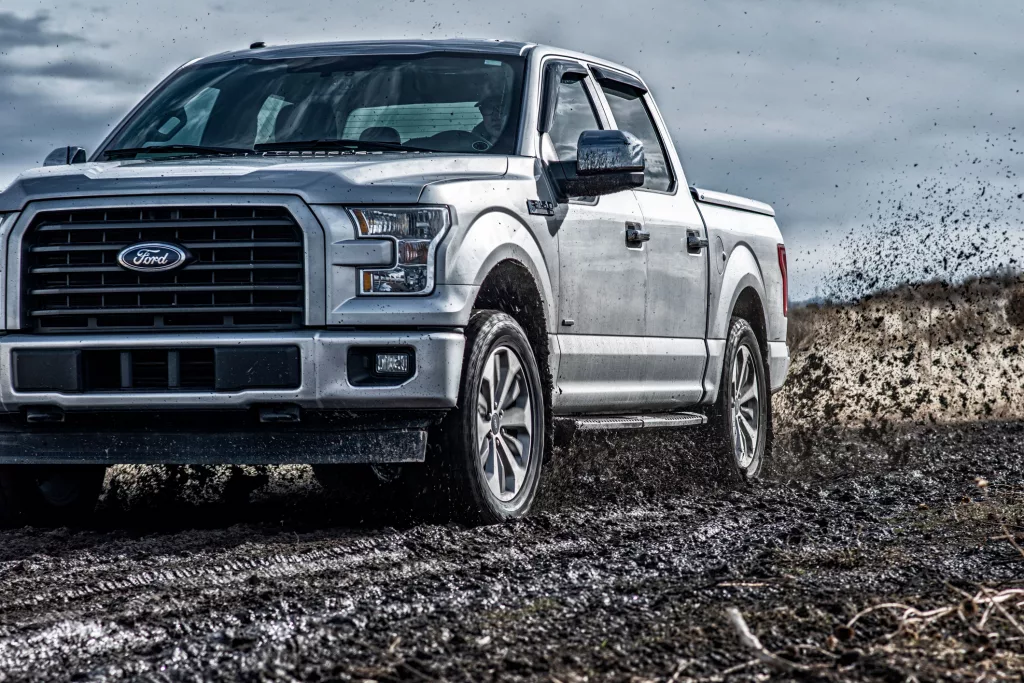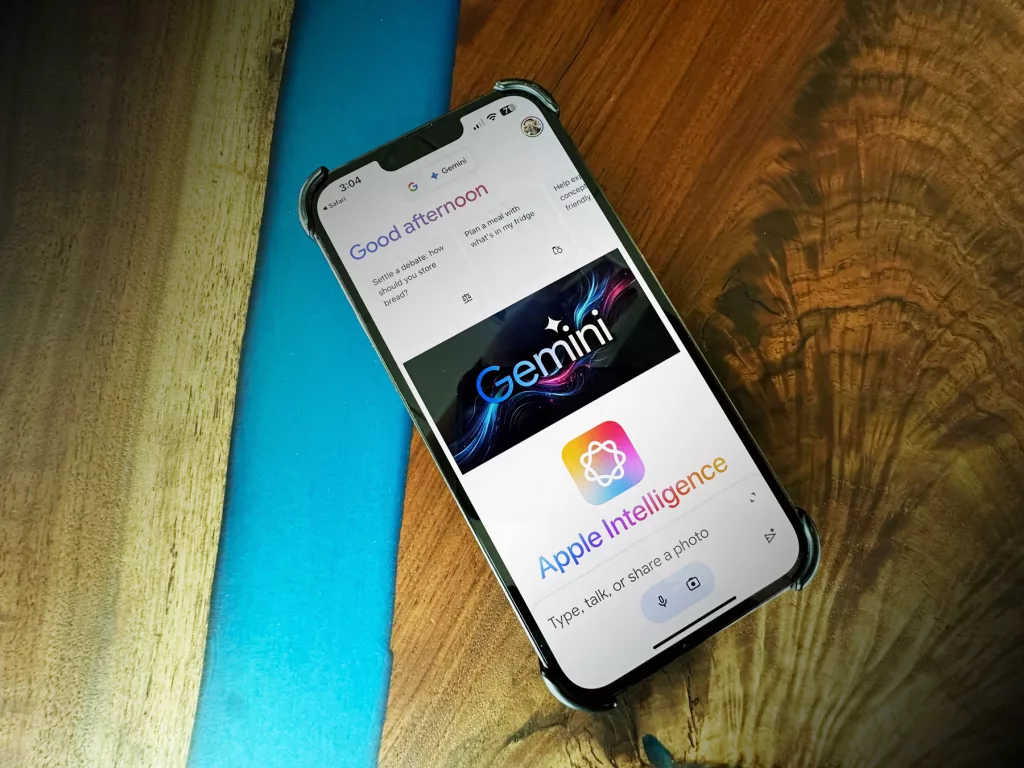Too many B2B brands — yep, even those working with outside marketing agencies — neglect the media planning process. They either:
- Don’t create a plan at all, or
- Create a plan without adequate foundational research backing it up.
In both cases, the result is a random, disjointed media strategy. Maybe they throw a little money at TikTok and a little at connected TV, then see what happens. There’s no rhyme or reason to it.
But if you don’t plan and research before placing media buys and posting social media statuses, how will you know you’re reaching your B2B target audience? Do they even use TikTok? Worse, how will you measure your progress and adapt your tactics for next week or next year?
These aren’t rhetorical questions. Here’s the tough answer: You won’t .
The perils of not planning have implications beyond the tactical stuff, too. You probably spend the bulk of your B2B marketing budget on digital media. If you don’t plan well, that money might be wasted on ineffective strategies.
Look, we get why B2B brands don’t complete detailed media plans. It’s hard and time consuming! Deep breath — that’s where we come in.
Walk with us through our comprehensive five-step media planning process for B2B companies. You’ll see how an effective, soup-to-nuts media plan is made — and how that plan helps you spend your marketing dollars wisely to reach your target audience.
Ready to get your customer out from behind their screens and into your dealership? Let’s do it.
The Key Ingredients In A Typical B2B Media Plan
You’re probably like, “I can skip this section. I know what goes into a media plan, duh!” We know you’re an expert marketer, but we’ve also established that not everyone thinks about media plans in the same way.
So, for the record, we define a B2B media plan as a playbook for understanding and reaching your target audience through media, plus measuring your efforts. In this playbook, you’ll map out exactly how you’ll spend your media budget to achieve pre-set, agreed-upon business goals for your B2B brand.
Your business goals might include things like:
- Bolster brand awareness
- Increase traffic to your website
- Drive qualified leads to your dealerships or to place an e-commerce order online
The overall objective of a media plan is to decide on media tactics that will best feed these goals. The media tactics we use vary based on each B2B brand’s unique goals, but they might include:
- Connected TV (CTV) ad buys
- Local/cable TV ad buys
- Facebook, Instagram, and other social media advertising campaigns
- YouTube advertising
- Paid search campaigns (typically Google ads)
To sum up our B2B media planning process: You’ll take your goals, align them with a media tactic that will reach those goals, and then measure your effectiveness against KPIs — usually using custom dashboards in Google Analytics.
Step 1: A Heaping (Seriously, Overflowing) Cup Of Market Research
We set the record straight on what defines a media plan. But the act of media planning includes even more than the final product lets on. Namely, hours and hours (and more hours) of research.
Before we can develop a media plan with all of the aforementioned key ingredients, we need to have a clear picture of the media landscape as it stands today. Like, in this exact moment. Why? Because, as a society, our media habits change rapidly. If you create a media plan based on outdated information and trends, you risk leveraging a platform that’s no longer relevant and won’t reach your customers.
The Questions That Frame Our Research
When we set out to do our initial research on the B2B media landscape at large, there are certain questions we’re trying to answer for our B2B clients, including:
- How much time do consumers spend on media platforms?
- Which media platforms are dominant right now? Which are up and coming? Which are declining?
- How are people consuming media? On their phones? On Desktops?
- What time of day are people viewing different types of media?
- How are media trends impacting each generation differently?
Keep in mind that we’re looking for general answers to these questions to get an idea of how society is consuming media overall. We’ll drill down into your target audience’s habits later, in step three.
The Research Platforms and Tools We Use to Answer Our Questions
It’s super important to point out that a few Google searches won’t cut it when it comes to answering these questions. We subscribe to millions of dollars worth of robust and well-respected research platforms and tools — like Nielsen and eMarketer — to source these answers for our clients.
It’s atypical for marketing agencies our size to have access to this level of research. As a result, most smaller agencies don’t put this much stock in foundational market research for their clients’ media plans.
At Littlefield, we truly believe conducting in-depth research up front makes for a more holistic understanding of the media landscape, more effective targeting, and, therefore, less wasteful advertising.
Step 2: One Easily Digestible Media Brief
We present our clients with a media brief along with our media landscape research findings. The media brief is a one-page infographic that defines:
- Why we’re leveraging advertising for your B2B brand
- Your target audience
- Your marketing and media objectives
- The geography for your media buys
- Your custom, measurable KPIs
It’s important for the media brief to be easy to understand and digest because it’s what we’ll use as our guardrails — we’ll know, at quick glance, that we’re staying on track with each and every plan aspect. Also, our clients contribute to and sign off on the media brief before we move onto the actual media plan. That way, we’re all on the same page about what’s to come.
Why Collaboration Matters on Your Media Brief
Did you catch that we said our clients contribute to our media briefs? They don’t do the research or create the document itself, but we do expect collaboration.
This is different from the way most agencies operate. We’ll never feed you soft, generic analytics. Instead, we ask for your input upfront (in the form of this media brief) so we can align our strategy and KPIs with your actual goals — the things that will really move the needle for your B2B company — not just what’s easiest for us to report on.
Step 3: Another Helping Of Research, Now Focused On Your Target Audience
After everyone signs off on the media brief, we use that to fully complete your media plan. But not without some additional research, of course!
The first round of research clued us in on the whole media landscape. As we mentioned earlier, we now need to know the specifics about your audience and your market. It’s not enough to assume you know everything about your target audience because you might end up advertising in all the wrong places.
Take a hypothetical situation: You know TikTok is on the rise right now. But what if your B2B customers are mostly middle-aged men? TikTok is going to get the axe from your media plan — it’s not relevant to that target audience. If you hadn’t done research on your customers and locations, you might’ve thrown money at TikTok solely because of its popularity. What a waste of funds!
Instead — and again, this is hypothetical — you’ll know for sure we’re targeting adults aged 25-49. And these customers watch cable TV during primetime in Kansas City, one of your major markets. Now, you know to buy a 15-second spot at 7:00 p.m. local time — and you know it’ll reach your target audience. And how can we know all of that? We once again leverage our paid research tools.
Translation: Nothing about our media planning process is random. It’s all grounded in research specific for your B2B brand.
Step 4: Combine Everything Into Your B2b Brand’s Completed Media Plan
After some research, a media brief, and some more research, you’re finally ready to mix it all up to create your actual media plan. Your final plan takes everything we’ve learned about the media landscape, your target audience, your market(s), and your goals and compiles it into actionable media tactics and immediate next steps.
In addition to the outlined steps that got us here, there are two planning techniques we like to use to further inform the details in the completed plan:
- The funnel approach, and
- SMART goals.
Understanding the Funnel Approach
You’ve heard of the sales funnel, right? It illustrates a prospect’s journey from the time they first become aware of your B2B brand to the time they (hopefully) make a purchase. The stages in the journey are:
- Awareness
- Interest
- Consideration
- Intent
- Evaluation
- Purchase
Leveraging the funnel approach ensures we’re taking advantage of the right media tactics to reach your unique goals. How? By employing tactics that historically reach prospects in each of these stages.
For instance, if your brand suffers from low awareness, we’ll focus more heavily on top-of-funnel tactics, like television (or CTV) advertising. On the other hand, if your B2B company is a nationally-recognized brand, we’d focus more on lower-funnel tactics to attract more customers right away.
No matter what, the key is to strike the right balance of media tactics from all parts of the funnel to push prospects through to the final rung — purchase.
Understanding SMART Goals
The SMART acronym is nothing new. Lots of organizations use it to create Specific, Measurable, Achievable, Realistic, and Time-bound goals for their projects.
Using SMART goals forces us to think through our objectives, not just set them randomly or based off of another client’s success. Everything we do is custom per client.
Step 5: Monitor, Measure, and Optimize Like Never Before
After step four, completing the final media plan, it’s off to the races! But just because you enact your plan doesn’t mean the work is over. Au contraire, friend — a media plan is a work in progress. It’s never really final.
We have to be nimble and responsive to your consumers’ needs and the world in general. Outside influences will require you to change course some of the time.
That’s why we develop a robust, custom measurement plan alongside our media plans to track which channels and tactics are working — and decidedly not working. Then we adjust our plan as needed to make sure it remains as effective as possible, even given unexpected circumstances.
Let Us Be Your Guiding Light
Creating and executing a media plan for a B2B brand is no small job. The research alone is incredibly time consuming and daunting. But you don’t have to fly solo.
When you partner with Littlefield, we’ll conduct that research for you — using our high-powered platforms — and put a media plan in place that truly moves the needle for your B2B company. It’s all about collaborating with you to define your true business goals, and honing in on the right media tactics to get you there.
Ready to get going on a media plan your customers can’t turn down? Let’s talk.




